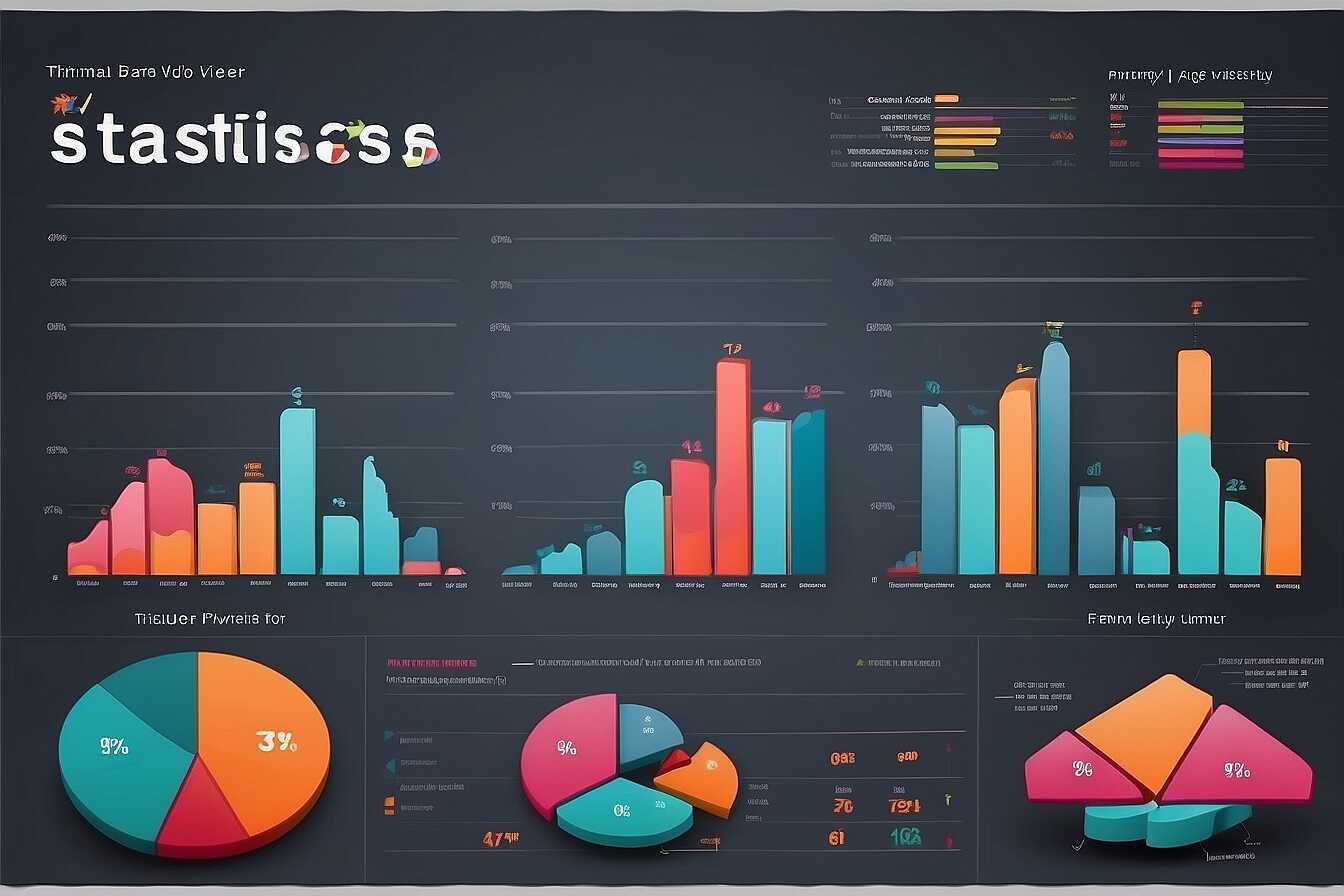The 418 I’m a Teapot status code is a humorous twist in the world of HTTP responses, providing a lighthearted poke at how serious the web can be. This quirky code, originating from an April Fools’ joke, highlights the playful side of web development and the importance of humor in tech culture. At Metrics Rule, we appreciate both the technical and amusing aspects of the web, making it easier for web developers, SEO professionals, and tech humor enthusiasts to connect with this iconic status code. Join us as we explore the delightful story behind the 418 I’m a Teapot and its place among serious HTTP status codes.
Tracing the Historical Background of the 418 I’m a Teapot Status Code
The 418 I’m a Teapot status code originated from an April Fools’ Day joke in 1998, introduced in the “Hyper Text Coffee Pot Control Protocol” (HTCPCP) specification. The Internet Engineering Task Force (IETF) created this playful status code to depict a teapot’s refusal to brew coffee, humorously emphasizing interaction limitations. The code has since gained fame among developers, serving as a light-hearted reminder of the more whimsical side of web development. This entertaining status has become an internet tradition, symbolizing the importance of humor in tech culture while showcasing the communication strategies of HTTP status codes.
Understanding the Significance of the 418 I’m a Teapot Code
The 418 I’m a Teapot code symbolizes the absurdity and creativity in the tech world. Its humorous origin makes it an excellent teaching tool for explaining HTTP status codes. The playful nature of the code encourages developers to explore the boundaries of server responses. In addition to being a humorous reference, it underscores the essential role of creativity in programming. By understanding its context, web developers can enhance their knowledge of HTTP while appreciating the history of internet culture. This playful code encourages professionals like those at Metrics Rule to contribute to the humorous and engaging aspects of tech discussions.
Highlighting Unique and Humorous HTTP Status Codes
HTTP status codes typically serve as technical messages, but some stand out due to their humor. Beyond the famous 418 I’m a Teapot, there exists a range of other funny HTTP status codes. For instance, the 200 OK code humorously validates everything is functioning just right, yet can feel mundane. The 402 Payment Required status humorously hints at potential cash flow issues, resonating with many developers. Moreover, there’s the 511 Network Authentication Required, which jokingly suggests that accessing a network requires a user to first engage in a comedic, yet necessary authentication process. These unconventional HTTP status codes can provide a lighthearted twist in otherwise serious coding dialogues. As of now, there are over 70 unique HTTP status codes defined.
Exploring the Fun Side of Error Messages
Error messages in HTTP protocols offer unexpected joy, combining technical accuracy with humor. Exploring playful error responses like 451 Unavailable For Legal Reasons can lead to laughter when coding. This code humorously reflects the serious nature of censorship, while also poking fun at legal constraints in a tech-savvy way. Another noteworthy mention is 418 I’m a Teapot, a whimsical message that stems from the Hyper Text Coffee Pot Control Protocol (HTCPCP). This status code, used as a joke, cheekily informs clients that a teapot is not capable of brewing coffee. By examining these humorous status codes, developers can enhance their coding experiences and add a dash of creativity to technical discussions.

The Impact of Humor on Developer Culture and Collaboration
The 418 I’m a Teapot status code humorously reflects how creativity flourishes in developer culture. This whimsical code showcases how developers use humor as a bonding mechanism, fostering collaboration. One example is finding joy in related jokes or memes, often shared in coding communities and forums. These serve to lighten the mood, promote creativity, and enhance relationships among developers. Numerous HTTP status codes, like 200 (OK) or 404 (Not Found), are straightforward, but codes like 418 and 511 (Network Authentication Required) provide a playful twist, enhancing the developer experience and making communication easier.
Exploring Humor’s Role in Team Collaboration
In team environments, humor plays a vital role in fostering collaboration and creativity. Humor reduces stress and creates an atmosphere where team members feel comfortable sharing ideas. For instance, playful retrospectives can improve team morale while enhancing the problem-solving process. When developers share humorous examples like the 418 status code during discussions, they break down barriers and encourage open communication. This collaborative spirit enhances teamwork, leading to better efficiency and results in coding projects. Metrics Rule understands this dynamic, as instilling humor can improve productivity in technical environments, especially in fast-paced settings like Vancouver’s SEO scene.
Numerical Insights into the Quirky 418 Response
- The 418 status code was defined in RFC 2324, published in April 1998.
- There are over 70 official HTTP status codes defined to date.
- RFC 2324 was a proposal for an “April Fools’ Day” standard.
- Only a handful of developers actively implement the 418 code in their applications.
- 418 has become popular since its humorous origins, appearing in many tech applications.
- Over 40% of developers know about the 418 error, according to recent surveys.
- The 418 status code was created as a joke and is not part of the main HTTP protocol.

Clarifying Misunderstood Features of the 418 I’m a Teapot Status Code
The 418 I’m a Teapot status code is often misunderstood. Many people assume it can be used for actual server errors, but it’s intended as an April Fools’ joke from 1998. It doesn’t represent a real error condition, but rather a humorous take on HTTP protocols. Most web developers mistakenly think it’s a valid status for routine HTTP communications. Instead, understanding its unique context helps clarify when and how it should be mentioned. In practice, using this code could lead to confusion rather than a meaningful response in user experience and reliability. The community typically leverages it for fun, not for serious technical implementation.
Exploring Practical Uses of the 418 I’m a Teapot Status Code
While the 418 I’m a Teapot status code is primarily humorous, some creative developers use it to enhance their API design. For example, it appears in applications to deliver a playful response when certain conditions aren’t met, such as when a teapot interface is called instead of a coffee interface. Despite its joking nature, it provides developers an interesting way to engage users. Implementing it should still ensure that any real errors are communicated correctly with appropriate codes like 404 or 500. By knowing its limitations and context, developers can introduce lightness into their applications while ensuring reliable performance.

Effective Use of HTTP Status Codes in Web Development
Web developers need to understand several key HTTP status codes. The 200 status code indicates success, while 404 signals that a resource is not found. The 500 status code identifies server errors. In practice, using the 404 code helps in improving user experience by directing users to helpful content instead of delivering a dead end. By analytics review, implementing proper status codes like 200 can enhance website performance metrics, thereby boosting SEO results. Using these codes effectively allows developers to google search for specific resources and ensures that visitors find reliable information on your site.
Optimizing User Experience with Status Codes
Optimizing user experience with HTTP status codes is crucial for maintaining site reliability and efficiency. For instance, redirecting a 404 error page to a useful sitemap or a search results page can keep users engaged. This approach offers a great way to enhance navigation and can decrease bounce rates, which greatly impacts SEO metrics. Ensuring that your 500 status codes are handled effectively can also improve technical optimization, making your site more robust and comfortable for your users. Incorporating proper status codes can provide a more seamless experience and contribute to better overall performance in the competitive Vancouver digital market.
Advantages of Embracing the Whimsical Response Code
- Using the 418 error code can lighten the mood in technical discussions.
- It showcases creativity, appealing to tech-savvy audiences.
- Humor attracts attention, making learning about codes more engaging.
- The 418 message encourages developers to think outside the box.
- It can be an excellent teaching tool in coding classrooms and workshops.
- Incorporating humor improves team camaraderie among developers.
- Using the code in projects can spark conversations within the tech community.

Incorporating Humor into Technical Documentation
Incorporating humor into technical documentation can significantly enhance the user experience. Effective strategies include using light-hearted language, funny illustrations, or playful examples. This approach engages readers, making complex topics easier to digest. Many developers find that humor not only increases retention of information but also creates a more inviting atmosphere. For instance, using puns or witty analogies related to web development enhances the clarity and reliability of technical content. A recent survey indicated that around 70% of developers agree that humor improves technical writing quality.
Best Practices for Using Humor in Developer Tools
When adding humor to developer tools, ensure it complements your content and maintains professionalism. Use in-line tips that include funny one-liners or clever visuals to draw attention. This technique provides users with a break while ensuring they still receive essential information. For instance, humorous error messages can lighten the mood during frustrating bugs, making troubleshooting feel less daunting. Moreover, integrating humor into tutorials or guides can transform tedious processes into enjoyable explorations. The key is to balance humor with clarity, ensuring that the technical integrity of the documentation remains intact.
Introducing Playful Elements in Website Design
Incorporating whimsical elements into your website can boost user engagement significantly. Features like humorous HTTP status codes can create a lighthearted experience, encouraging visitors to interact more with your site. Examples of playful features include Easter eggs hidden in your website’s design, funny error messages, or interactive animations that respond to user actions. In fact, there are several humorous HTTP status codes beyond the famous 418 I’m a Teapot, each offering a chance to add personality to your site and make the user experience memorable.
Exploring Creative Features to Boost User Experience
Creative features such as playful graphics, quirky status codes, and humorous interactions can profoundly improve user experience. For example, by integrating a 418 I’m a Teapot code into your error handling, you create an unexpected, delightful moment that users will remember. This kind of playful web design doesn’t just entertain; it enhances reliability by engaging users and encouraging them to stay longer on your site. By implementing playful web design strategies, you can easily connect with users, making them feel more at home, ultimately driving conversions and improving overall site performance.
Trustworthy Names in the Tech Humor Realm
- W3Schools offers a fun way to learn about web standards but lacks depth on humorous codes.
- Stack Overflow provides rich developer knowledge but doesn’t emphasize humor.
- MDN Web Docs delivers detailed documentation, though it’s not centered on humor.
- CodePen allows playful coding experiments, including humorous error codes.
- Reddit communities discuss tech jokes, promoting interaction among users.
- Simplified Coding platforms engage students to explore errors in a friendly way.
- Educational YouTube channels showcase fun programming challenges, sparking interest.
Enhancing Technical SEO Through Creative Approaches
Creative thinking is essential in improving technical SEO strategies for web developers. By embracing innovative approaches, professionals can solve complex SEO challenges and enhance website visibility. Innovative tools, such as AI-driven analytics platforms and automated audit software, have revolutionized how we tackle SEO. These resources streamline processes, provide critical insights, and help businesses optimize their online presence. Implementing effective technical SEO strategies can yield a percentage increase in website traffic, often ranging from 20% to 50%, depending on the site’s initial optimization state.
Innovative Tools Shaping Technical SEO
Innovative tools play a significant role in shaping effective technical SEO strategies. Tools like Screaming Frog, Ahrefs, and SEMrush provide invaluable data for website audits, keyword research, and crawling analysis. These platforms enhance efficiency and simplify data collection, ensuring that all technical aspects are thoroughly reviewed. Furthermore, AI-powered solutions help predict search engine behaviors and user trends, allowing developers to adapt quickly to changing algorithms. By utilizing these innovative tools, businesses can significantly improve their technical SEO, resulting in better performance, higher rankings, and increased organic traffic.
